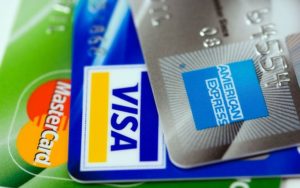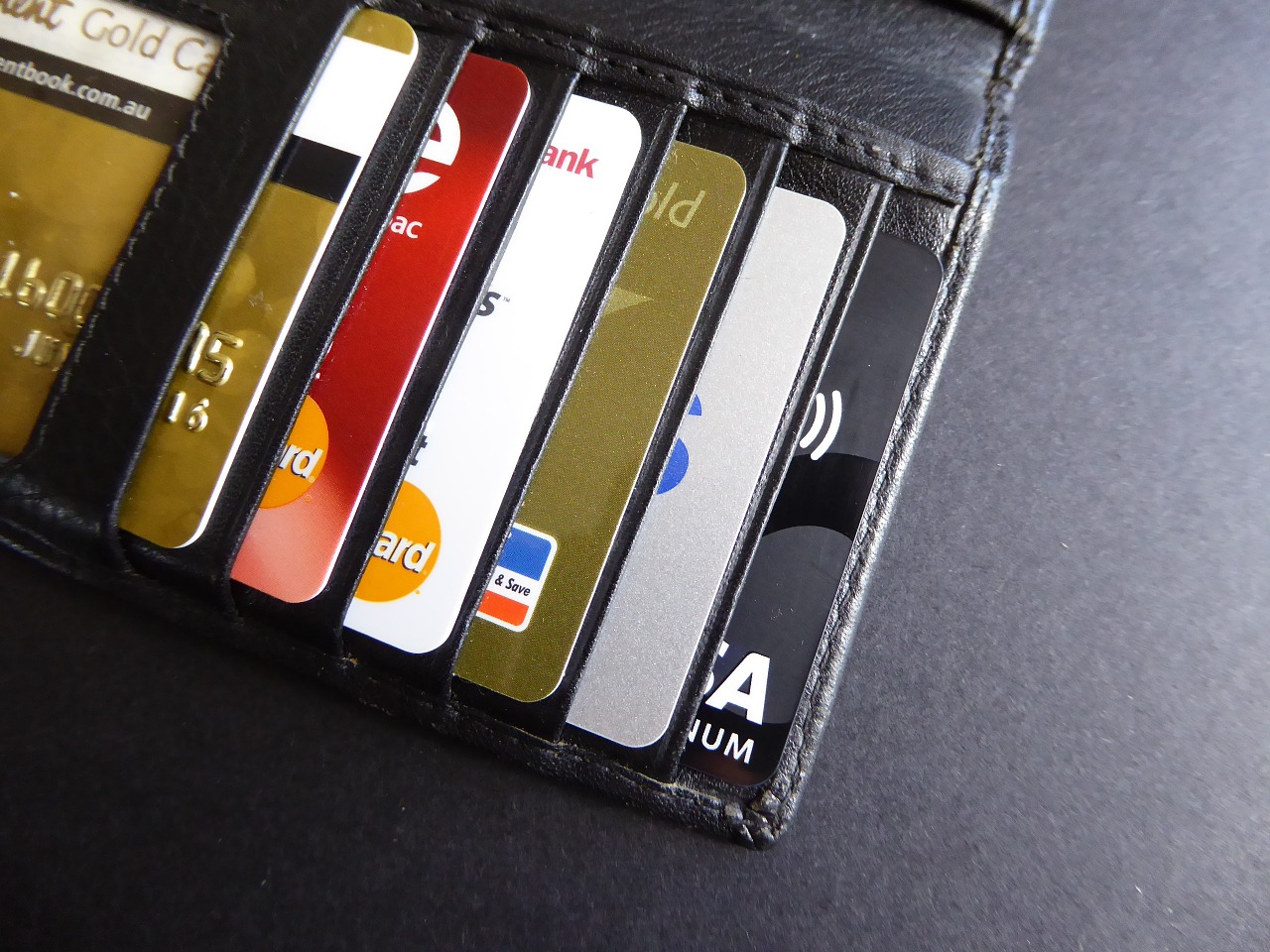Many people in the United States struggle with credit card debt. Because credit is so easily accessible and interest rates are so high, it’s easy for debt to spiral out of control. When people begin to feel like they are underwater with their credit card debt, they often feel like there is no way out. While paying off massive credit card debt is not easy, it is possible with some perseverance and a plan.
The following are some of the most important tips that people should keep in mind while trying to escape from credit card debt and reclaim their financial freedom:
-
Target the cards with the highest APR first.
 Not all cards have the same APR rate, which depends largely on the credit of the debtor and the policies of the credit company. If people have multiple credit cards, they should find out which one has the highest APR and focus all additional payments on that card while making minimum payments on the others. Once the debtor pays off that card, he or she can focus on the others, which will have accrued less interest in the meantime.
Not all cards have the same APR rate, which depends largely on the credit of the debtor and the policies of the credit company. If people have multiple credit cards, they should find out which one has the highest APR and focus all additional payments on that card while making minimum payments on the others. Once the debtor pays off that card, he or she can focus on the others, which will have accrued less interest in the meantime.
Ideally, individuals should double or even triple the minimum payment on the card with the highest interest rate, but if this is not possible people should consistently pay as much additional money as possible each month. Even as the minimum slips lower, debtors should strive to pay as much as possible so that the balance reaches zero quickly.
-
Look into debt consolidation options.
When people have multiple credit card accounts, it may make sense for them to consolidate their debt, especially if it provides them with a lower overall interest rate. After consolidation, individuals no longer have to think about how much to allocate to each account and can instead simply funnel all available income into the debt. Before agreeing to a consolidation, however, debtors should investigate what the resultant minimum monthly payment will be. Consolidation only makes sense when people can pay significantly more than the minimum each month to knock out the debt quickly.
Because consolidation can often result in a relatively low minimum monthly payment, individuals can sometimes be tempted to let things slide. Therefore, it is important to remain diligent about making large payments. Many card companies offer consolidation and balance transfer bonuses, but it is important to read the fine print.
-
Get monthly spending under control.
People who end up with massive credit card debt often do so because they spend more than they make. If these individuals continue to spend a lot of money each month, then their debt will just continue piling up as they try to chip away at it.
The first step in getting spending under control is to create a budget, which will show debtors where their money is going and which areas they need to cut back on. Another useful strategy is to stop using the credit card altogether and rely on cash instead. This method helps individuals maintain a clear sense of exactly how much money they are spending and ensures that they do not go over their set limits. Studies have also found that people spend up to 20 percent less when using cash because of the direct connection with the money.
-
Try the snowball method.
 When other approaches to reducing credit card debt fail, individuals may want to look into the snowball method, which popular financial guru Dave Ramsey touts as a good strategy for people who have debt management problems. Using the snowball method, people focus first on their smallest debts so that they can experience the feeling of liberation that comes with paying off a debt completely. Then, this feeling gives them the confidence they need to focus on the more expensive debts.
When other approaches to reducing credit card debt fail, individuals may want to look into the snowball method, which popular financial guru Dave Ramsey touts as a good strategy for people who have debt management problems. Using the snowball method, people focus first on their smallest debts so that they can experience the feeling of liberation that comes with paying off a debt completely. Then, this feeling gives them the confidence they need to focus on the more expensive debts.
While this strategy is great for showing people that they have what it takes to get out of debt, individuals should also understand that it will likely cost them more money in the long run because they will be paying additional interest on the more expensive debts. Once a consumer pays off a smaller debt, he or she should directly apply the money that he or she was putting toward that debt to a different, larger account.
-
Set money aside for an emergency fund.
The connection between an emergency fund and paying off credit card debt may not be immediately apparent. However, imagine that a card with $5,000 on it is just about paid off when the car breaks and needs a major repair. Without an emergency fund, the repair costs will likely go right on a credit card and put individuals back at square one, which can prove very discouraging.
Although it is sometimes necessary to treat credit cards as emergency funds, they should not be the first line of defense in the event of an emergency. Placing even a little bit of money in an emergency account each month will quickly add up and help soften the blow when something unexpected happens. While it may feel like a better option to pay off the debt first, establishing an emergency fund typically ends up saving money in the long run.

